|
Happy Friday!! Mixed media collage backgrounds with paper napkins are EASY to create and can add a gorgeous pop of color to your mixed media art journal. Today’s video is a FULL LENGTH project, so if you love collage mixed media art & mixed media tutorials - this is for YOU! I know what you’re thinking about collaging art journal backgrounds with napkins...those WRINKLES!! Don’t worry - I've got collage techniques that will make your napkins BEHAVE so there is a little texture, and your collage background can PEEK through your mixed media portrait, without taking over your whole art journal page! Grab your art journal, a beautiful paper napkin, TONS of liquitex matte medium, some gesso, a black stabilo all pencil & come play with me!! Today I'm working in my favorite Strathmore watercolor journal. These thick, beautiful pages can take anything I throw at them, which today is gonna be a vat of liquitex matte medium!! If you haven't used paper napkins to create an art journal background - you totally need to give it a try! There are so many beautiful patterns and colors out there! The possibilities are endless. A pretty napkin can also create a no-fail color scheme for your mixed media project if you intend to do a little painting, like I did. Just look to the colors you see in your napkin, find paint shades to match, and BOOM. Solid win! Napkins can be a bit tricky to work with because they are SO fine. To make matters worse, we need to separate the plys EVEN MORE so we're only working with the ply that has the pattern. If you haven't done this before, just work your nail into the edges of the napkin like I show you in the video, and slowly pull the plies away from each other. Sometimes the pretty napkins are 3-ply, like mine is today. So just watch for this so you isolate only that thin sheet filled with the pattern you love. When you're ready to glue this down into your journal, I suggest working with liquitex matte medium as your adhesive. I love this stuff because it's super fluid, and WAY LESS gloppy than mod podge for this type of work. Plus, matte medium was CREATED to work with acrylic paint. So if I decide to add a painting layer to this piece, my surface is already prepped and ready to go. Some people like to try and glue down the whole napkin sheet at once, but I find it's easier to manage and I can control the wrinkles a bit better if I work with smaller sections of my napkin at a time. Your napkin sheet is going to be fragile, so gently tear chunks of it apart. Now, here is my HUGE SECRET... you need a TON of matte medium to work out the wrinkles that will inevitably pop up while you're gluing. No matter how tiny your ripped pieces of napkin are- you're till gonna get wrinkles! To combat this, I pour my matte medium directly onto my art journal page and use what many would think is an "uncomfortable amount" of product. If you don't have an uncomfortable amount of it on your page right now- dump some more. Don't be precious about your matte medium - you want a TON of it both UNDER and OVER your napkin pieces, so they are sopping wet. Any areas that aren't soaking, go back and add more product to. This helps you get rid of any psycho wrinkles trying to creep up! My SECOND TIP for you to create a wrinkle free surface has to do with your foam brush technique! If you just drag your foam brush around, it's going to be easier for your napkin pieces to tear. Try using a pouncing motion with your brush to tap the napkin chunk onto your paper. This tapping motion will help your under layer of matte medium rise up and soak into the napkin. Watch the video to see what I mean. After you've pounced a napkin chunk into position, try to systematically smooth the wrinkles out on top. Going slowly will help you not rip the napkin. Trust me! You'll see I rammed through a couple of them too quickly and had to slow myself down. LOL! As you work around your art journal page, and sections begin to dry - just add more matte medium to edges that try to pop up on you. This will knock them back down. When I'm done gluing all my napkin pieces down, I use a hair dryer to dry the page instead of a heat gun, because a hair dryer won't get hot enough to ruin my work, and it's faster because of the "blower" part. A heat gun doesn't have that kind of air flow/power so takes longer. And if you know me- you know I'm in a hurry and don't have the patience to watch wet stuff dry!! I decide to add gesso to the center area of my page because I want to draw a face on top. While the background pattern from my napkin is beautiful, it is too dark and busy to draw anything over. To dial that back a bit, I turn to my gesso. I have 5 favorite ways I like using to apply gesso and demo them in today's video. My favorite gesso application method for under a face is just using a foam brush or my flat gesso brush. If I want more of an edgy look and want the texture to really pop forward from any wrinkles that do show up in my background, an old credit card is perfect to rake your gesso over the page with. I also love to pounce the gesso down with a sponge wherever I want it. This is primarily the technique I ended up using today. Then I pulled out my brayer to spread the gesso out a bit further and to draw a little texture into the foreground. After I hit this with the hair dryer once more, and everything is completely dry- it's time to do a little mixed media drawing! As you'll see in the video, I ALWAYS sketch in my face drawing guidelines. They're too important to skip and will set you up for success. I start my sketch in regular pencil, then when I'm happy with my lines, switch over to my stabilo to darken my lines. As you can see, my stabilo lines are actually fairly light. When I hit them with my paintbrush and some water- it's pretty magical, what happens. Look... Isn't it amazing how easily the stabilo is to activate with water?! It literally melts as soon as my brush touches it, and can be spread around like watercolor. This is one of my FAVORITE mixed media techniques!! I typically do my stabilo in 2 -3 layers for a drawing like this. After I activate the first layer, I let that dry, then add more dry stabilo marks wherever I feel like there needs to be a little more definition. Sometimes I activate that second layer of stabilo too - it just depends on the look I'm going for! For the finishing touches, I use my favorite white paint pens- posca and sharpie, along with my pentel pocket brush. Look at how just a few lines of ink from the pocket brush and a couple of dotted white highlights in and around the eyes and on the nose really make her pop! Look at how the texture of that napkin peaks through, up close! LOVE IT ! In the end, I decided to add some of my Noodler's Ink around the edges in the background to tie into the florals of the napkin together, and I'm LOVING how that looks!!! So fun! I hope you enjoy this mixed media tutorial / art journal project!! Thanks for watching!! Stay tuned for Monday's Whimsical Women of the World Portrait Drawing prompt!!
1 Comment
I’ll be honest - Asian eye drawing - especially using a reference photo with a model in ¾ view, made me a little nervous at first, but I’m SO glad I chose this photo for our face drawing practice together!!! I learned so much about drawing Asian eyes while studying the features on this gorgeous model, and hope I can make this easier for you if you haven’t known how to draw Asian eyes, and have been looking for a simple drawing tutorial to break this down for you step by step. I'm excited that this reference photo is in black and white. I really love to teaching in black and white because it really drills down the concept of value scale drawing. As you can see, this model's face is in 3/4 view. People also refer to this as a three quarter portrait, 3/4 face, three quarter profile, three quarter view, they all mean the same thing. Make sure you've got my cheatsheet on these face drawing guidelines before you begin drawing with me, because they really make a difference when you're trying to get the drawing proportions of the face correct. If you don't have this cheatsheet, - simply request it in the comments of today's video, and we'll email it to ya! While I'm sketching in the model's face shape, I add a few lines to indicate where the hair is going to go. It's important to remember that hair has volume, and stretches up and over the head, extending beyond the oval of the face you're drawing. It often falls within the oval as well! When you're feeling more confident about where your lines should be , start darkening the main hairline, the swoop of the jaw, etc. Take extra time getting the shape and angularity right for the eyes. For some reason the first one didn't give me problems but this second one really did. I did a lot of checking and re-checking on my reference photo because I wanted to make sure I got these right. (I love the eraser on the top of my blackwing pencils or my vanish eraser -depending on how much erasing needs to be done!) Using a circle template helped me confirm my irises were the same size (take help where you can get it! NO SHAME here!!). I also studied the shadow shapes around the model's eyes and drew some of those in as well to help me define their shape and remember these areas later when I was ready to shade. Really take your time on the mouth, because it also is a unique shape. It's tiny, but her lips are lush! 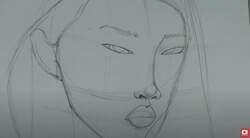 After I got all my lines sketched in, I erased my guidelines and swatched my grayscale copic markers out to compare these to my photo. When I found a good match for the lightest shade of her face, I used that marker to lay down my first layer of color -all over her face and neck. Then I moved up my copic swatch / value scale and selected the next shade up based on the shadows I saw in my reference photo. It's just a tad darker, and I add this in wherever I see slight shadows happening - along the hairline, eyes, nose, mouth and neck. Each time I begin adding a slightly darker shade, I place the nib of my marker into the shadows I've already shaded to make them get darker and deeper. These shadows also become a bit narrower, wherever the darkest darks go. You'll see when you watch today's drawing tutorial, at this point of my drawing, I grabbed what I THOUGHT was an N3 marker. I had actually pulled the N6, and didn't even realize it until I had already touched her eyelid with it!! AHH! I could freak out, but it's important for you to know that this kind of stuff happens to ALL of us, no matter what our experience level is!! And we just have to roll with it. If you're drawing along with me and struggling with anything here- just keep pushing through. What I've learned over the years with art, is most things are fixable and they come together if you keep working at it and don't give up. I decided to move on to the hair, knowing I'd figure something out later to try and fix her eye. When you're drawing hair- make sure you're drawing the strands from root to tip every time. Imagine how you would brush your own hair. What direction would you brush it in? Root to tip! This is the same way you need to draw in strands of hair if you want them to look more realistic. When I'm happy with my girl's hair, I decide to work on blending out some of those marker streaks in her face. My trick for this is to take the LIGHTEST shade of marker used in this area, and to drag it along the streaky areas in the opposite direction from the original strokes. For this girl, since her skin is so light, I actually pulled a super light gray that was 2 shades lighter than what I'd already used for her lightest skin tone, and kinda love the effect!! I used my fineliner to get some of the details marked around her eyes, eyebrows, nostrils, mouth, and eyelashes. I even added some wispy strands of hair that I was seeing in my reference photo - near her ear, at the top of the forehead, etc. I used my pentel pocket brush to add some darker and thicker streaks to her hair, then pulled out my white colored pencil and added some highlighted streaks on top of that. I added some black colored pencil in the thicker block sections of her hair, as well as to the teeny wisps around her ears and forehead. I also grabbed one of my light gray colored pencils to blend and soften some of the harsher shading marks in her face out. I pulled my posca paint pen out at the end, because I just can't resist punching the highlights up! Remember I'm taking submissions of YOUR artwork for my upcoming book! Simply go to GET PUBLISHED, read the submission requirements and submit whatever pieces you did from the Whimsical Women of the World Portrait Drawing series! If you're posting your work on instagram, use #WhimsicalWomen with your post so we can see what you've done!! I hope you enjoy today's drawing tutorial on YouTube!! See you soon!!! The idea of drawing freckles may SOUND scary, but it's really not!! Trust me! In today's "Whimsical Women of the World" portrait drawing tutorial, I'll teach you how to draw freckles and wavy red hair on an adorable Scottish lass, using copic markers!! Grab a sheet of card stock or a paper you love using for copic marker art, a pencil, & let's sketch in our face drawing guidelines. By the way, if you haven't heard yet - I'm going to be publishing a book featuring all 12 of the face drawing projects in this series when I'm all done, and I want YOU to join me!!! All you have to do to participate is jump over to GET PUBLISHED, read through the easy submission requirements, and enter your work. I'll be featuring four student variations of each lesson in the book and hope YOURS is one of them!! This week...since I can't GO to Scotland except in my mind right now, we're drawing a fiery redhead!! I'm working on my favorite Hammermill cardstock for copic marker coloring, since that is what I'll be shading with once I'm done sketching in her face. Typically when I'm drawing a face from scratch, I'll add a guideline that's smack in the middle of my oval to represent an eyeline. Since I'm using a reference with BIG HAIR, I've raised that eyeline a bit to account for this, because that's what I'm seeing in my portrait drawing reference. The model in this photo has her face tilted to the side a little as well, so my vertical drawing guideline also needs to shift slightly to replicate what I see in the photo. I also check the her face shape carefully as I sketch, because I want to capture the unique contours of this model's bone structure. Her chin line is bit tricky, so pay attention to this if you're drawing along with me. The right side of her face is really covered by a wave of hair, so I simply penciled a wave in, and recommend you do the same before sketching in the facial features. Next I rough in those face drawing guidelines to map out where her eyes, nose and mouth will sit. I also sketch in any other shapes I see that are unique to this art reference photo while I'm working. For example, her "lip dip" feels a bit longer to me and her nose is a bit wider at the base. Next I sketch in a bit more hair - including her widow's peak and the curly waves around her face. Then I dig right into drawing her eyes. I always "build" both eyes up at the same time. If you struggle with drawing eyes and eyebrows, this is one of my BIGGEST tricks. Draw one line on the right, replicate it on the left. Go back to the right, add a line, and repeat it on the left, until both eyes are done. Drawing eyes step by step at the same time makes a BIG difference and will totally help if you aren't sure how to draw the other eye so it matches!! After that - I erase a bunch of my guidelines with my vanish eraser - only to discover her eyes look like they are set way too far apart. Not a problem! Instead of starting over - I just extend her eyes to make them a little wider. This is a perfect solution because it's a whimsical drawing anyway, and who doesn't love BIG EYES?! If you follow me for drawing, you know I never actually sketch in the bridge of the nose or a full outline of the nose - this comes forward naturally once shading is added. All I ever do is typically draw in the nostrils. But this particular model has a distinct nose shape and HIGHLIGHT I want to replicate when shading. She also has fairly thin lips, so pay close attention to the shapes you see here as you're copying them. I'm really glad I picked this art reference photo, because she actually presented me with a few challenges when it came to drawing her facial features!! These are the kinds of things I LOVE about drawing faces, because each of us are SO unique. Shifting our lines slightly creates a totally new person every time we draw! When it comes to drawing hair - I never draw each individual strand because I seriously don't have time for that!! LOL! Instead, I sketch out the big, main volume lines I see for the hair, then add in little sub-sections. Take whatever artistic license you want to because this is a whimsical drawing! For the irises and pupils, I feel no shame in grabbing my circle stencils and NEITHER SHOULD YOU!! Why stress about stuff if there is something that can help us with a teeny shortcut so we can move on and start shading?! When you're ready to shade, pick 3 -5 skin tones in a row and swatch them off to the side. You always want to have a game plan BEFORE you begin laying down your color so there are no surprises! I see a lot of peach in this particular image, so those are the shades I reach for today. I see a lot of cool tones in the reference photo as well, so I worked some light gray into the face shading. You'll also see a bit of gray in the whites of her eyes because if you look closely- there are shadows here too! They're not perfectly white. I love adding multiple greens for her eyes too! I choose 3-5 markers for her fiery red hair, and started with the darkest shade first. I actually got a little more detailed in this piece than I typically do with hair strands, but was in the mood to go there! Plus the brush nibs of my markers were fairly thick, so it didn't take long. One of my other big tricks - especially if you're not sure how to draw wavy hair, is to start your marker (or whatever you're drawing with!) where the ROOT of the hair is, and extend your lines from there to the tip. Just keep repeating this until you're happy, root to tip. Now I know freckles can feel a little scary, but don't let these freak you out. They are actually REALLY easy!! All you need to do is hop in there with the tip of your marker, using one skin tone shade slightly darker than your lightest shade, and you'll be fine. If you're still feeling nervous- go ahead and try drawing freckles on paper you don't care about, off to the side on a scrap piece of paper. When my freckles were done, I felt like my shading needed a little more drama. Here is another hot tip for how to shade faces - when I'm adding additional layers of shading, I always go back to continue working the shaded areas I already created. Don't go in and start shading in a new place. The wonderful thing about coloring with alcohol markers is you can slowly add more detail with colored pencil, fix problem areas, blend etc. Just make sure you're NOT using oil based colored pencils for this kind of work. Check out what your colored pencils are made of before you begin. (I *think* polychromos are a no-no here - please confirm that if you plan to use them). Next, I tackle one of my favorite areas, eyelashes with my pentel pocket brush pen! If you're not sure how to draw eyelashes - I recently did a video ALL about this to help you, and even have a cheatsheet you can download if you want! Be sure to check that out. When the eyelashes and eye makeup are finished, I added the teensiest bit of black to her nostrils and the crease of her lips. I also added a few black strands of hair just for artistic effect. I wasn't trying to replicate anything I saw in the reference photo here - I just felt I needed to carry the black through a little more to unify the piece. Less is more here though, so if you're doing the same, go slow! Remember, if you do have any streaky areas remaining from your marker strokes- you can continue blending those out by going over your streaks in the opposite stroke direction with the LIGHTEST shade of marker you were using in that area. Use your colored pencils to knock things up or down a shade, wherever you need it. When you're happy with how things look, it's time for highlights!! DON'T SHY AWAY from this part!! Even if you're scared... these can make the BIGGEST impact in your piece. I love using my white poscas or sharpies for these. I also took some artistic license here again, because I love drama! I added them on the outer corners of the tear ducts, the tip of the nose, and a teensy bit on and around her lips and chin. This really "turns up the volume" on the dimension and can totally bring your character to life. In the end, I decided to punch up the freckles as well by peppering in a few more, again one shade darker than I had been working in earlier. Come do the lesson with me, and PLEASE submit your version for publication in my upcoming book!! Thanks for hanging out with me!! I'll see ya back here on Friday with the latest on my Mixed Media channel, followed by another Whimsical Woman of the World next Monday!! If you are just getting to know me... it won't take you long to discover I'm obsessed with all things Scotland, and fairies!! I love drawing their adorable, pointy ears and teaching students how to draw fairy ears. This is one of my art journal spreads from my Scotland art retreat last year. She's watercolor and ink! Since I can't go back to Scotland for a while, I'm amusing myself at home in my studio whenever I can with cute fairy projects. The other day I posted one as a new lesson for The Fun Fab Drawing Club! Club members are welcome to join at ANY stage of drawing experience to work on building new skills to really take their work to the next level. And of course, because this is my club - it's never stuffy or boring! I LOVE teaching students how to draw faces in a whimsical style to keep things light and enjoyable, without any pressure!! Fun Fab Drawing Club members who consider themselves beginners learn the basics of line weight and do a bit of zentangling to get them used to having fun making marks on paper. This month, I've added a cute new fairy drawing lesson for my Pixies - or anyone else who'd like to keep things easy, simple, colorful and FUN!! IF you're ALREADY a Fun Fab Drawing Club member, I've dropped this lesson into the Fantasy Classroom. If you're not a member of The Fun Fab Drawing Club, and want to learn more about it and get your name on the waitlist to be notified when enrollment opens in the spring, just hop over to Awesome Art School! One of my favorite things to see on Facebook after a new lesson has posted, are all the amazing artists who share their interpretations!! Each one is special. I'm SO PROUD OF ALL MY STUDENTS!!! I need to brag on two of the first who shared their beautiful work... How CUTE is that?! She's precious, Paula!! I LOVE how she used watercolor instead of copics to mix things up! Debbie shared this one... SO cute, Debbie!!! She is adorable!! Awesome highlights, girl!! Don't you wonder what she's looking at??? Thank you both for sharing and for letting me RE-SHARE your gorgeous artwork :) If YOU are interested in learning more about The Fun Fab Drawing Club - please pop your name on the waitlist over at Awesome Art School so I can send ya a quick note when enrollment opens. We'd love to have you there!! If you need a little drawing inspiration right now - please feel free to jump on over to my Drawing Channel on YouTube. I've got tons of fun projects for you to try - including my new Whimsical Women of the World Drawing Series!! We are having a blast with that, and would LOVE to have you join us! All of these lessons are free on YouTube and are being posted once/week on Mondays. We'll have 12 Whimsical Women's faces when we're done. See ya there!! I'm super excited to share week 2 of my 12-part portrait drawing series, "Whimsical Women of the World!" I got so into this series, I've decided it's BOOK WORTHY!!! Even better - I'm inviting YOU to join me in this process!! Simply draw along with me in any video from the Whimsical Women of the World series, and submit a digital version of your artwork here. This week we are drawing a woman from India, and I've found another gorgeous art reference photo for us to use! I've found drawing in a series is fun because it gets me out of my comfort zone! I think it's so easy to fall into a habit of drawing the same whimsical types of faces- but if we take a moment to look at all the different human facial features across our ethnicities around the world, it is just gorgeous! Not to mention all the variations of color in our skin tones... it's beautiful to work with as an artist! I think you'll love our reference photo today as much as I do! There are a few things I found really unique about this image. I love the lighting on her face. It's rare to find a photo where a highlight goes exactly down the the center bridge of the nose! That calls for some dramatic shading - which I'm a huge fan of, so this photo really called to me. I also love how huge her eyelids are. They happen to be basically the same shape I love to draw for my Fun, Fab Faces, so I was thrilled to find this in a photo from real life ;) As I started to draw, I did find this particular face to be a bit tricky because the top of her head actually extends off the page. This makes sketching in her eyeline a bit more difficult. Watch how I do it in the video, and you'll be fine to do it on your own!! Don't beat yourself up if it doesn't look like mine, if it doesn't look like the reference photo - it's fine! We're working on learning to draw faces that are well proportioned. That is our main goal!! And, if you already know me, you know I find drawing realistic faces to be super stressful! I prefer to do whimsical drawings so I can just have fun!! I think whenever you add the word "WHIMSICAL" in front of what you're drawing - it gives you some grace if things don't come out exactly right! As you'll see, I'm drawing with my blackwing pencils again today because I just LOVE how soft and smooth they are. They also have this great, rectangular eraser that makes it SO easy to erase in tiny areas. If you need an excellent eraser for bigger areas of your paper, the vanish eraser if phenomenal!! Links for both of these are in the description box of today's video if you need any new drawing supplies. I traced a circle for my irises today. Sometimes this is just easier, so if drawing circles stress you out- use a stencil!! Our model has some simple earrings, but feel free to look around on Pinterest for more intricate jewelry or hairstyles for your drawing. There are so many gorgeous variations you can do for Indian women. I kept it simple because I didn't want to overwhelm anybody with too much detail. I tried to replicate the model's beautiful bone structure- which is super subtle, but I felt was a really important aspect of capturing her look. Because both the hair and background on my reference photo are so dark, I had to imagine a bit what her hair looks like, so drew in some little bumps to indicate a low bun. You'll see I pulled my circle template out again to draw the bindi (this is the small dot on her forehead that indicates she's married in Hindu culture). I wanted that circle to be exact, because this is an actual sticker applied to the face and there is depth to it. I love how this model has other beautiful facial features that are different from what I typically draw. She has very large, dilated pupils (which I used my circle template for again!). Her nose shape is subtly different as well. It dips down dramatically and even has a nose ring! Her lips are parted slightly as well -showing some teeth - which I normally avoid!! She definitely pushed me out of my comfort zone a bit, but I loved it!! It forced me to really study the image. I believe 50% of being a good artist is having amazing observational skills! Working with the reference photos in this series will help you develop those skills even more! Skin tone swatching is KEY if you're shading your drawing in color. If you're doing this in colored pencils, copic markers, etc. - swatch them ahead of time so you're not surprised by anything, and know the colors blend into each other seamlessly. Whenever I'm shading a dark skinned face- I start with my darkest shade first, and work my way through shades until I reach the lightest color. I know it can be scary to START with the darkest shade - especially if you're working dark to light!! Just take your time and continually check in with your reference photo. I'm always asking myself, where are the darkest shadows? Where are the lightest highlights? Then I do my best to replicate this on my own drawing. Now onto the "ugly phase!!!" LOL... I believe there is ALWAYS an ugly phase. That's what stage my drawing is in right here... If I stop working on my drawing right here and come back to it later- it could make me want to cry because she is unfinished- looks like a weird puzzle of colors, nothing is defined, etc. THIS is the ugly phase!! It's guaranteed. We all have it in our work. PUSH THROUGH IT!!!! It happens in every medium, and if you STOP working at this stage because you think your piece is ugly- you're letting the ugly phase win. KEEP GOING. TRUST ME on this!!!! You'll notice as I'm working color into the shading of the eyes, there is barely any white left by the time I'm done, because this is what I see in the reference photo. When you're doing a portrait - If you're shading in color, make sure you've got your GRAYS out because nothing is usually stark white, even the teeth! Look for the shadows here to make your coloring realistic by knocking back that white. When I'm done with my markers, I layer in colored pencil to help ease the transitions between shades. Sometimes I like seeing the marker lines, and sometimes I don't. If I don't want that look showing up - I take my colored pencil and shade in the opposite direction to try and wipe out those lines. So if my marker lines were horizontal, I do vertical lines for my colored pencil. I know a lot of people get discouraged if they outline a face FIRST, and then shade with copics. It can be easy to run into your outlines and end up having the outline bleed. You'll notice today I outlined LAST with my microliner to prevent the bleed from happening. You might want to try the same if you're working with alcohol markers! When it was time to add in eyelashes, I used my pentel pocket brush, or my "secret weapon!" If you struggle with drawing eyelashes, make sure to check out the recent video from my Mixed Media channel, I give you ALL my secrets for how to draw eyelashes !! I added twinkle in the eyes with my white paint pen. I typically do a different look with those, but love how this one turned out and will totally do it again! See what happens when you step outside your comfort zone?! For the nose ring, I just used my pencil because the reference photo showed it as being shiny metal. I added white colored pencil on top of the markers wherever I noticed highlights occurring in my reference photo. To punch those highlights up a bit more - I used my white gel pen or bright white posca pen. This adds more drama and dimension for me! If you're nervous to add in highlights -start with your white colored pencil to make sure you like where the highlight is going. The colored pencil is soft, and creates a gentle first layer. Remember, acrylic paint pen markers are awesome to add on top of anything. So if you're using watercolor or another medium- feel free to STILL use the posca on top of your work for additional highlights drama! I was excited to discover the eyelashes in this photo have "undersided" highlights, and they look SO cool!! Those marks aren't me just being "creative," that's me reading the reference and adding the detail I see in the photo to my drawing. If you feel like you want or need the reference photo for this drawing project, or the entire series - just go to AwesomeArtSchool.com. You can get all 12 of the reference photos (+ all my cheatsheets!!!!) in the YouTube Library Collection. Remember to enter a photo of your beautiful drawing when you're done by clicking on this link to GET PUBLISHED! Come join me in the studio for the 40 minute tutorial! See ya there!!!
You HAVE to do today's acrylic owl painting with me over on my Mixed Media channel!!
Not only is he the cutest, this is the perfect acrylic painting for beginners to try. The whimsical style alone means there's absolutely NO PRESSURE!! Plus there's just something extra fun about doing an acrylic painting on canvas!
NEW to mixed media art? That's technically what this tutorial is because we're also using acrylic paint pens! Wanna learn how to layer MORE mixed media art supplies without making a mess?
Click the button below to download my FREE Mixed Media Hamburger System layering cheatsheet.
Once you print that out and finish today's EASY acrylic painting, check out this playlist to learn ALL about the world of mixed media art for beginners on my YouTube Mixed media channel. It's seriously SO. MUCH. FUN.
Let's get back to today's project, shall we? For my reference, I'm using an adorable royalty free stock image of an little owlette. So cute, right?! I've pulled out one of my ARTEZA canvases and have selected paint colors from my "Whimsical Animals" Signature Paint Kit by LUKAS Cryl Studio - which you can get over at Jerry's Artarama! Real quick - if you have any questions about the paint brushes I'm using, or if you missed last week's video, you might want to check that out first, because I shared everything you need to know about paint brushes for mixed media. Make sure you watch that if you need tips, or before you head out to the craft store! Today's acrylic owl painting starts off with a super simple layer of blue for the sky. Try not to worry about being precious with your paint here. Use a generous amount because I want you to be able to spread it freely. Keep all of your brush strokes going in the same direction, and remember to paint the edges of your canvas before you move on to the next step. Once my canvas is covered AND dry (this part is SUPER important!), I'm ready to add a cute tree to the right side of my canvas in brown. Before your tree trunk dries - blend a little yellow into your brown for some added dimension. Don't worry if you're not in love with the shade of your tree trunk when you add your yellow- just add a little more brown until you're happy with the shade you've got! Next, I pulled out my chalk (YES - it's totally just regular, school chalk). I used this to "pencil in" my drawing of the owl because the chalk is totally erasable when used on top of acrylic like this!! If you draw a line you don't like - you can wipe it away with your finger! If drawing perfect circles stresses you out - grab a stencil or mug to trace so you can draw in the eyes of your owlette. You can totally just freehand it like me- a little wonkiness will make your owl just that much MORE adorable!! Since I wanted the scarf of my owl to have stripes, and I've already painted a dark blue all over my whole canvas, I decided to lay down a thin layer of gesso to "prime" the scarf and eye areas for new colors. You don't have to do this- but I find throwing a layer of gesso down will help me cover a darker background color if I want something white or light in the foreground. If you caught my video last week - you'll remember I talked about the importance of having ONE flat acrylic paint paint brush reserved just for gesso. I used my gesso brush for this light application below. QUICK TIP for ACRYLIC PAINTING: If you want to keep your colors sharp and crisp (especially for something like stripes!), take the time to make sure one color is fully dry before going in with the next shade of paint. If you're impatient like me, hit your first color with the hairdryer for a few minutes until you're good to go! Once all of my stripes are done, I headed over to the eyes to lay down a nice coat of white. Since my gesso is there already, this goes down in no time and covers SUPER well! If you don't have gesso- you might just need to do two coats of white paint to fully cover the blue here. For the owl's body and feathers, I decided to start with yellow. Feel free to gesso that area as well before you go in with whatever color you're using for your owl's body. I also worked in some brown (wet on wet) to texture his feathers. While my feathers were drying, I pulled out these cute art supplies left over from when my kids were little. I call them "pouncers." Basically they are these little foam brushes with a handle, and if you cover the spongey end with paint, you can use them to stamp down a perfect circle. They work amazingly well for doing polka dots, suns, moons, and of course for the pupils on whimsical animal eyes!! After the pupils, I'm ready for my paint markers! Typically I will use my posca pens when I'm adding outlines or doodling on top of my mixed media paintings, but something about this little guy was calling for my chunky Arteza paint markers!! They have a super juicy nib - and I had a green to exactly match the acrylic I used earlier in my scarf stripes. I used my yellow ochre paint marker to doodle over the feathers, outline near the whites of my little owl's eyes, and on top of my tree trunk to add depth. Because I LOVE the look of a black outline - I pulled out my sharpie and added those in everywhere! Outlines are kinda one of those things that you either love or hate. They're also something that you either have to be "all in" for, or leave out completely. If you use outlines for some of your painting, but not all of it - it can make your piece look disjointed or unfinished. After the outlines were done, I went in with a dry brush to add some teeny strokes of light gray around the inner edges of the eyes so they didn't look quite so flat! That's it!! He's done :) I hope you have as much fun with this project as I did!! I totally loved it. A GREAT break from the outside world for a bit!! There's an Arteza product giveaway mentioned in this video. Sadly that has already passed - so ignore that part of the video, and just enjoy the acrylic painting tutorial! Thanks for hanging out with me today! ❤️ CHECK OUT ALL my art books on AMAZON ❤️ CHECK OUT ALL my online art classes @ Awesome Art School ❤️ MY FAVORITE ART SUPPLIES on AMAZON ❤️ MY BELOVED FACEBOOK GROUP Today I'm beginning a new face drawing series on my YouTube Drawing channel that I'm super excited to share with you. Last week when I was live in my Facebook group, I asked members what they were interested in learning over on YouTube, and we came up with drawing a series of SEXY faces in various ethnicities! THEY requested the "sexy" part, which cracked me up! LOL! This week's tutorial is in REAL TIME, so go grab a pencil and a sheet of card stock or something similar (for alcohol marker art) if you'd like to work alongside me. I love the Native American reference photo I found for today! There are so many FUN elements to her look that we're going to enjoy playing with!! She's got some sexy, dramatic makeup going on, and a tiny braid with feathers in her hair. To get us started, as always, begin by sketching in our face drawing guidelines to make sure the face we're drawing is proportionally correct. When you've got the facial features exactly how you want them, go over those lines with a fine copic multi-liner. A sharpie works well here too - if you don't have one of the copics! Once she's outlined, I pulled a variety of skin tone markers from my copic stash to see what might work well together. DON'T SKIP THIS STEP! Take a minute to do some copic marker swatches of your skin tones on a scrap piece of paper. This is super important because if you start laying down color based on the caps and what you THINK will come out- something inevitably goes wrong ;) TRUST ME!! From my collection, I decided to pull Yellowish Shade, Light Orange, Light Caramel, Light Suntan, Baked Clay, Chamois, Hazelnut, Leather, Copper, Dark Suntan and Dark Brown. I started my face shading with the darkest shade today, and studied my reference photo carefully to inform the shadows I recreated. Once I had a good base for the darkest darks down, I start pulling in the medium and lighter skin tones. Then, I use my lighter markers to blend out some of my marker strokes and to soften the transition between colors. The makeup in my reference photo is really dramatic (which I LOVE!), so when I've finished with the main skin tones, I bring in a couple shades of gray to add a bit more depth into the darker areas of her makeup - especially around the eyes, along the left side of her cheek, and a touch onto the lips! Then, I head straight for my crimson marker to color those gorgeous, full lips! Even though the hair in my reference photo is basically black, I decided to alter that to dark browns so I could show some highlights and lowlights in the hair to make things a bit more colorful. Once these sections of hair were colored, I added a touch of black outline (you can totally use a sharpie here, that nib may even feel a bit more stable for these lines). Next, I pulled out a variety of skin tones from my prismacolor colored pencils to blend the shadows a bit more and soften some of the transition lines between marker shades. I even use an indigo in some of my shadows because shadows are "cool colors," and bringing in some indigo or a deep plum add a bit more sophistication to your work. For the final layers, I added a few lip lines in colored pencil to her bottom lip, pulled a few white colored pencil lines through her hair for highlights, attacked that dramatic, white makeup with my posca paint pen, and added in some eyelashes with my pentel pocket brush. LOVE!!! l hope you enjoy today's drawing tutorial! Thanks for watching and I'll see ya next week!! How I've created over 300 YouTube videos on mixed media art and drawing, and NEVER once made a video about paint brushes is BEYOND me!! The artist brush you use actually DOES affect your work- so much so, that it can make or break your piece. Sometimes people think it's them, when in fact their skills are GREAT- they're just using the wrong brush, and THAT is why they're struggling with a piece of art. Your paintbrushes are equally as important as the paper or substrate you're working on. They make a difference, and should be thought of as an investment. BUT, as you know when you're working with me- you don't have to spend a ton on supplies. I'll demo both my favorite artist grade brushes that are more expensive, as well as my favorites that are less so. In the world of mixed media art, there are art supplies that dissolve or melt when water is added, and those that do not. Art supplies that don't dissolve when water is added, are called non water-soluble art supplies. A great examples of a non water-soluble art supply is acrylic paint! This is the first type of brushes I'll be demo-ing for you in today's video. Even though I've got a GIANT stash of acrylic brushes, there are really only a couple of favorites I always reach for. I love my Princeton Artist Brushes for acrylic painting, in either the "bright" or "filbert" cut. The bright cut (shown below) has a really flat top (that's typically what I call it - a "flat" brush), and it's great for getting into a squared corner, or making straight lines. I rarely use a round brush because I can't get edges or straight lines with one of those the way that I can with a bright. I also love the filbert cut as well, see below. I like my acrylic brushes to be super stiff with coarse, short hair. The stiffer, the better! I feel like when you're blending wet on wet, or wet on dry - you need your brush to be able to move around and "be the boss" of your paint! If the brush is too soft - you can't get anything accomplished! LOL!! Depending on how big you like to work - you may also want to pick up a larger size of the cut you like working with. I used to paint a lot of murals, so I have some huge brushes left over from those days! Watercolor brushes are a totally different animal, and the second paint brush type I'm covering today. In addition to traditional watercolors, I use these artist brushes for working with any of my water-soluble art supplies. If an art supply is water-soluble, that means the marks you make with that product dissolve or melt once water is added. I LOVE water-soluble art supplies! Some of my favorites include watercolor markers, watercolor pencils, fountain pen inks, AND my all time fave - the black stabilo all pencil!! Every time I'm doing a mixed media project with water-soluble art supplies, I reach for one of my watercolor brushes. These brushes act like a sponge and are very absorbent. If the brush is absorbent, it's easier to control. I LOVE Silver Black Velvet brushes for working with my watercolors, and water-soluble art supplies. They're super absorbent, and I've slowly added to my collection of them over the years. The round brush is the most common cut and what I typically reach for. I also have some other fun shapes like the dagger and the flat (bright) to do crisp edge lines, if that is a look I'm going for. I've also really enjoyed working with some brushes by Creative Mark that Jerry's Artarama sent me. They're fantastic and a much less expensive option when it comes to watercolor brushes. These also have a slightly different cut from my black velvet brushes, as you can see below (left is a brush by Creative Mark). Even though these are both considered "round brushes," their tiny variations can produce unique effects for me, so I love using BOTH of them!! Lastly, I have decided to talk about a third category of brushes because of one art supply in particular that I use ALL the time as a mixed media artist, gesso!  Gesso is super fun to work with, but it will do a serious number on your paint brushes. If you decide to invest in any nice acrylic or watercolor brushes, make sure they're set aside so you don't accidentally grab one when you want to work with gesso. In fact, just set one acrylic paint brush aside that you use dedicate specifically FOR GESSO in our projects together! My preference for a gesso brush is a bright/flat, very stiff, coarse brush with short bristles. I like to grind just a bit of my gesso onto the first layer of a lot of my mixed media portraits, and I need my brush to be super dry for this wet on dry application. Make sure you go watch the video so you can see exactly what I'm talking about in today's post! I hope you found this helpful!! If you feel like you're having a tough time blending or shading while you're painting in acrylics or watercolor - consider changing up your brushes. You might be surprised to learn THAT is the problem, NOT YOU!! Thanks for watching!! See you next week!!
Drawing eyelashes on mixed media portraits can feel super intimidating because it's probably one of the LAST things you add to your masterpiece! So many of my students ask how to paint eyelashes that look realistic and just what paintbrush or supplies work the best, because they know I've tested them ALL!! Before I demo my secret weapon, we need to talk for a hot minute about how to draw eyelashes step by step... If you're just learning how to draw eyelashes, or if drawing eyelashes is something you feel you want to improve upon, you need my free HOW to DRAW EYELASHES Cheatsheet. Simply click the button below, and I'll send it straight to your inbox!  The first thing to keep in mind when drawing eyelashes is DIRECTIONALITY. As you can see in my sketch below, I start by drawing a set of parentheses on the outer edges of both the top and bottom eyelids. One of the first things to keep in mind when you're drawing eyelashes, is directionality. I think of eyelashes like parentheses, and curve my outtermost eyelash on either side accordingly. The midpoint of your eye drawing is where the directionality of your individual eyelash lines will change. That midpoint lash will basically be a straight line, followed by consecutive lashes flicking out in opposite directions, like you can see below. Once you fill your lashes in on the top lid, repeat the process you followed for the lash line on the bottom eyelid. The second important part of drawing GORGEOUS eyelashes has to do with the amount of pressure you apply with your pencil (or whatever you're drawing with!). You begin each lash line with MORE pressure, then flick up and out according to whatever directionality each eyelash needs to go. Confused yet?! WATCH the VIDEO ;) It makes WAY more sense when you see it in action.... Once you have all the eyelashes drawn in for the top and bottom eyelids, it's time to take a second pass across each lid line, because as humans - we have TONS of eyelashes! And let's be real...you want the girl you're drawing to have fab lashes, right?! Let's glam her up!! While you're adding in a second set of lashes on each lid line, be sure to vary the length of each line. This is how our eyelashes are in real life. If you look closely - they're all different lengths. Paying attention to that little detail will make the eyelashes you draw look even more realistic! Did you grab your FREE How to Draw Eyelashes Cheatsheet yet? Make sure you click on that link, and I'll send it straight to your inbox. It's SUCH a helpful reference to keep on your art table. Now... how do you put all take this amazing-ness into action for your MIXED MEDIA PORTRAITS?! I'm so glad you asked!! Let me introduce you to my secret weapon!! Before we continue, super quick announcement: All product links are Affiliate. I may earn a small commission if you choose to order through these links but by law there is never any additional cost to the consumer for doing so. I thank you for your support. I'm in LOVE with the pentel pocket brush pen. Here's why... First of all, I love this pen because it contains permanent ink. This is extremely important to me in mixed media work because I have lots of layering going on with sealants, etc. I NEED my ink at this point to be permanent. If I want to add a final sealant over the pretty eyelashes I've just drawn, I KNOW the ink I just laid down with the pentel pocket brush pen isn't going anywhere! One of the cool things about this pen is the tip of it is actually like a very fine brush. That means it applies like a paintbrush! Lastly - it's just a beautifully crafted pen!! I will give you a tiny warning about this pen though... it's super sensitive, and honestly takes a bit of practice to get a feel for it at first. You'll want to play around with it in your sketchbook before using it right out of the box on your latest mixed media canvas! Just draw a bunch of practice eyes in your sketchbook and see what kind of pressure and look you like best! HOT TIP! If you're struggling to control the pentel pocket brush, use a black pitt pen marker in a brush nib that feels more secure for you. After today's little eyelash lesson, I'll take you straight over to put this into practice on one of my mixed media hamburger system girls! This particular piece is from a couple of years ago- before I discovered my fav little pocket brush. Watch as I add these lashes in real time - using directionality, pressure, and varying my lash lengths. This cute little pen is also awesome for touching up eyebrows for a little added drama. Come on over to YouTube and practice your eyelash drawing with me!! If you're a member of either the Fun Fab Drawing Club or Mixed Media Society (YAY!! I'm so happy you're here!!!), the Eyelashes Cheatsheet is already in your membership guide!! I hope today's free drawing lesson helps you create mixed media lashes you are PROUD OF!! See ya next week ;) |
Karen CampbellFounder of Awesome Art School. Mixed Media Artist. Author of 19 Instructional Art Books! Whose work has appeared in...Archives
July 2024
Categories
All
|
|
"Karen is flipping hilarious and she's very real...I like the way she teaches in a way that really gives you confidence, whether you're a beginner or advanced there's always something new to learn!"
- Elizabeth W. |
What Fans Are SayingKaren, you are absolutely fabulous! You make me feel like I can draw anything. I have recently retired and finally have the time to do some of the art that I have loved since I was in school. I am really at the beginning of my art journey and I hope to learn as much as I can. Thank you for all you do. |
Contact ME |
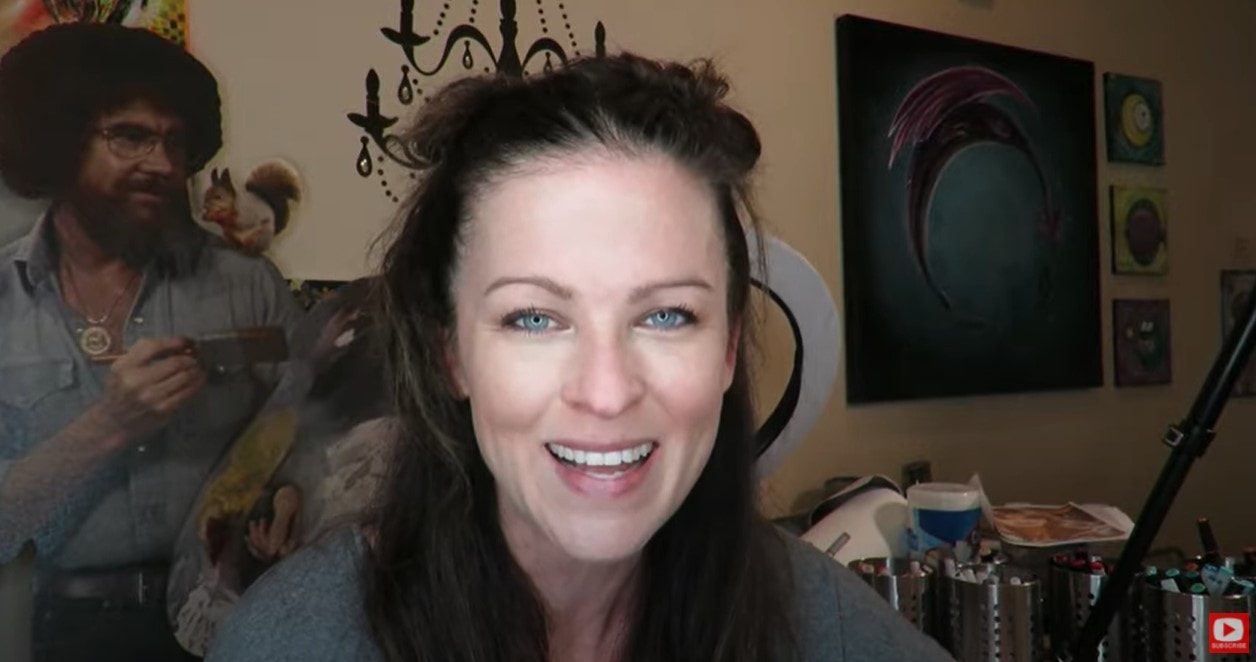


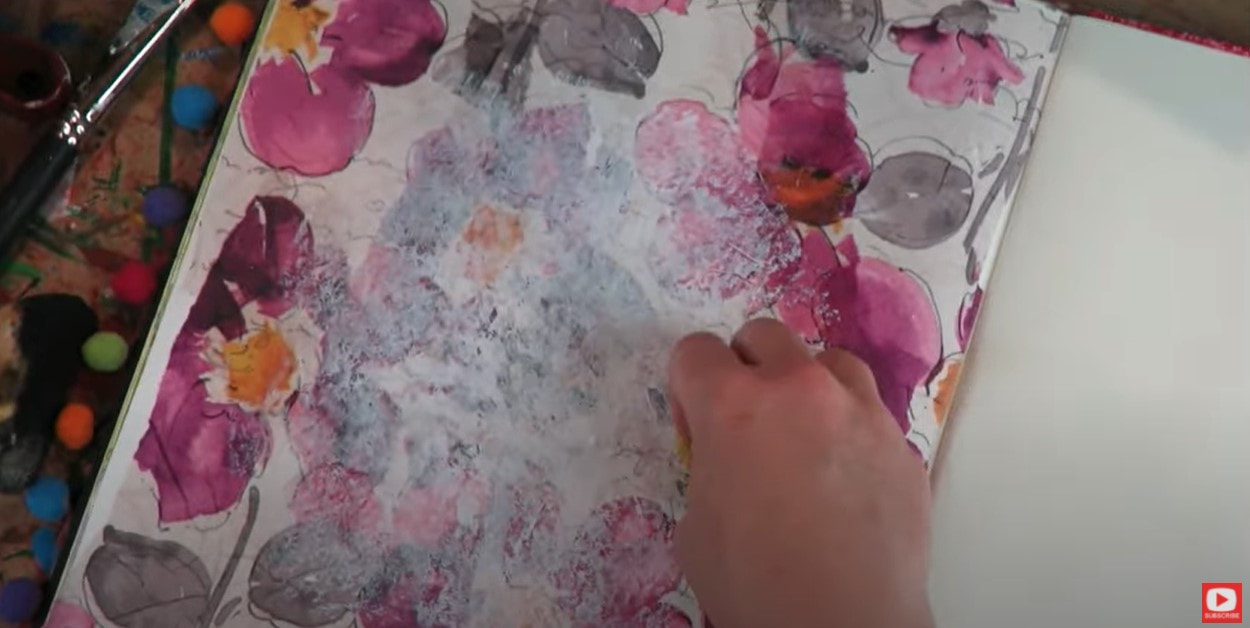



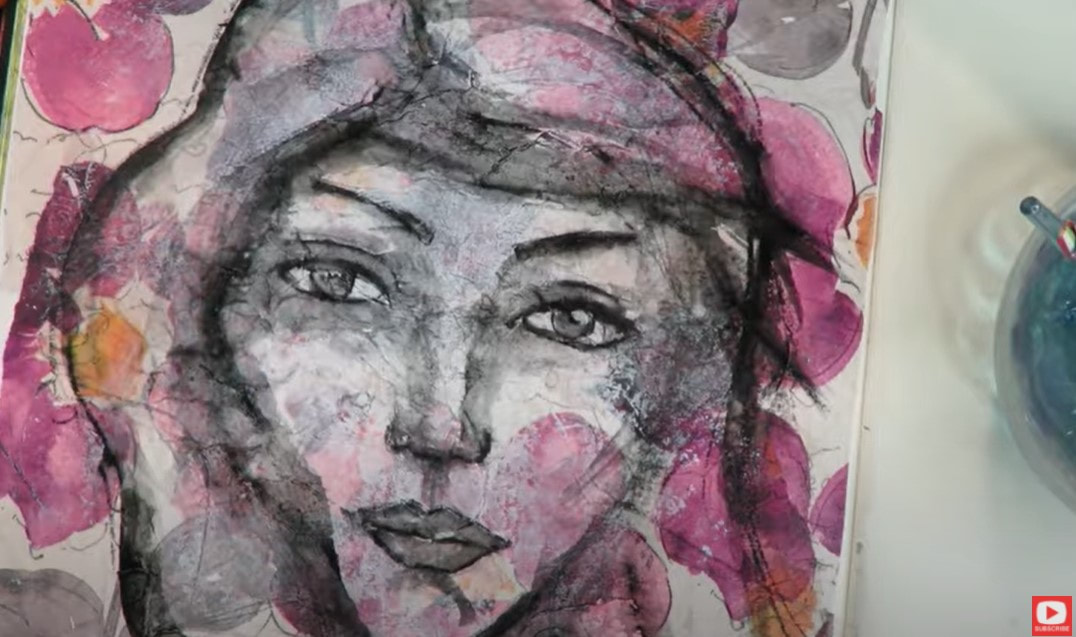












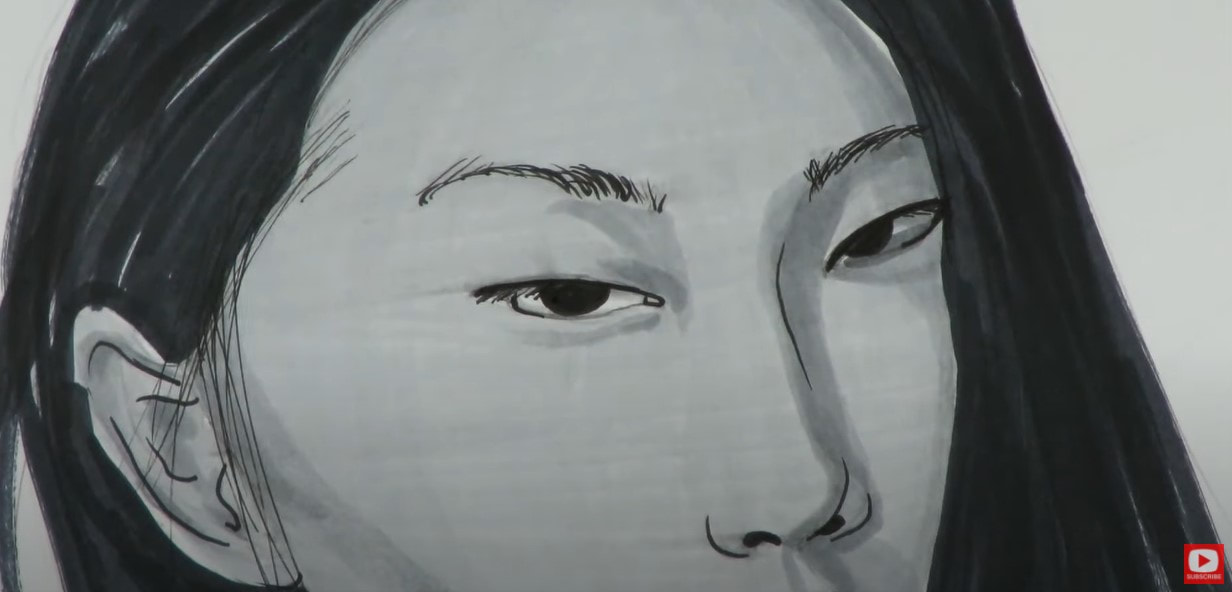

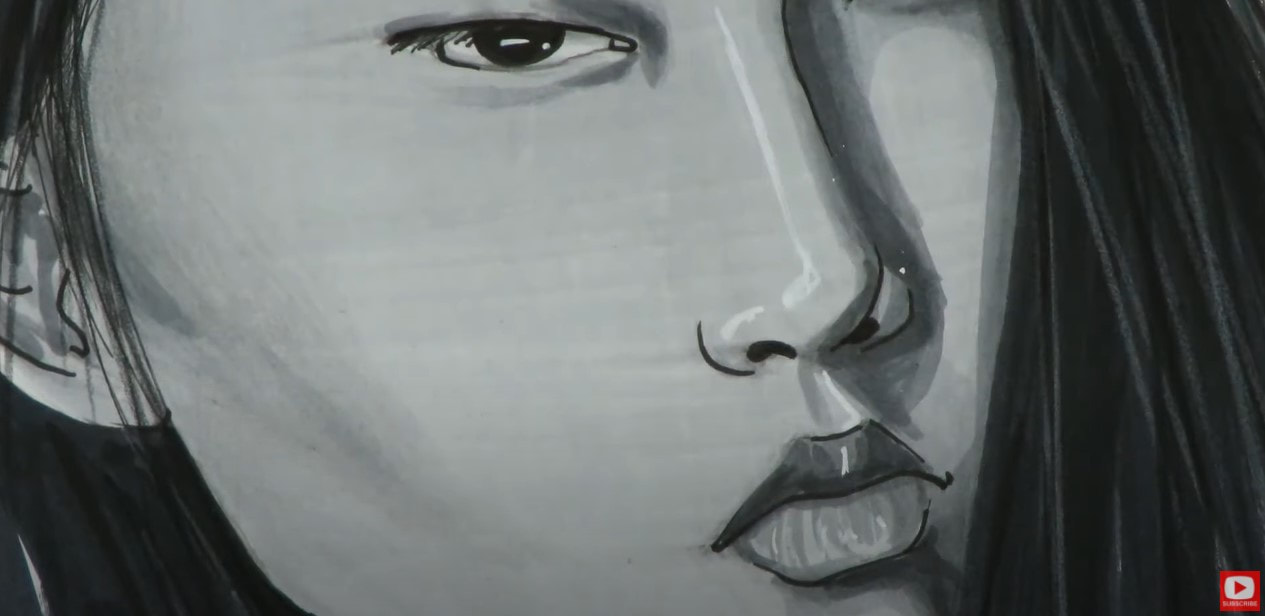

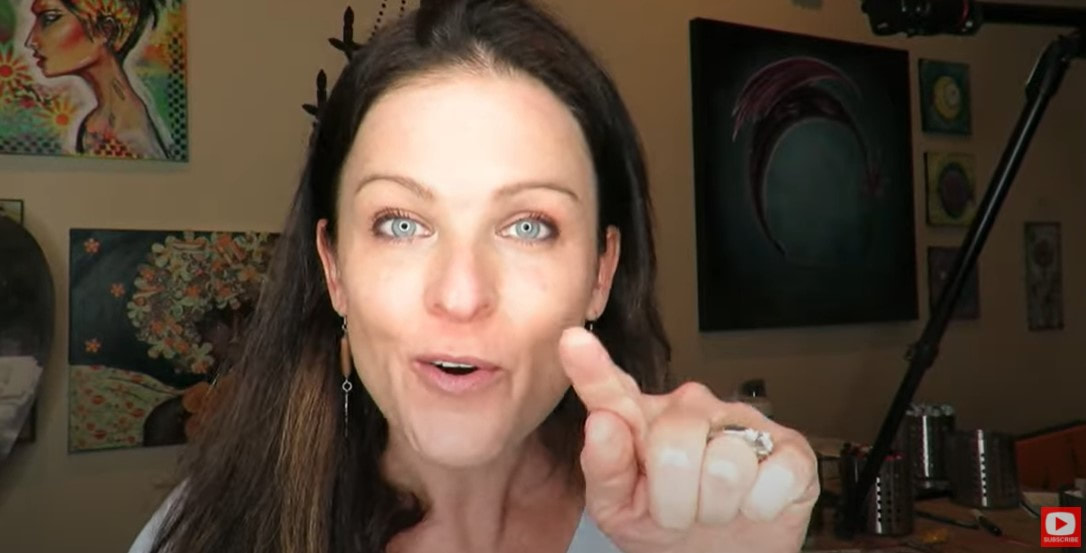


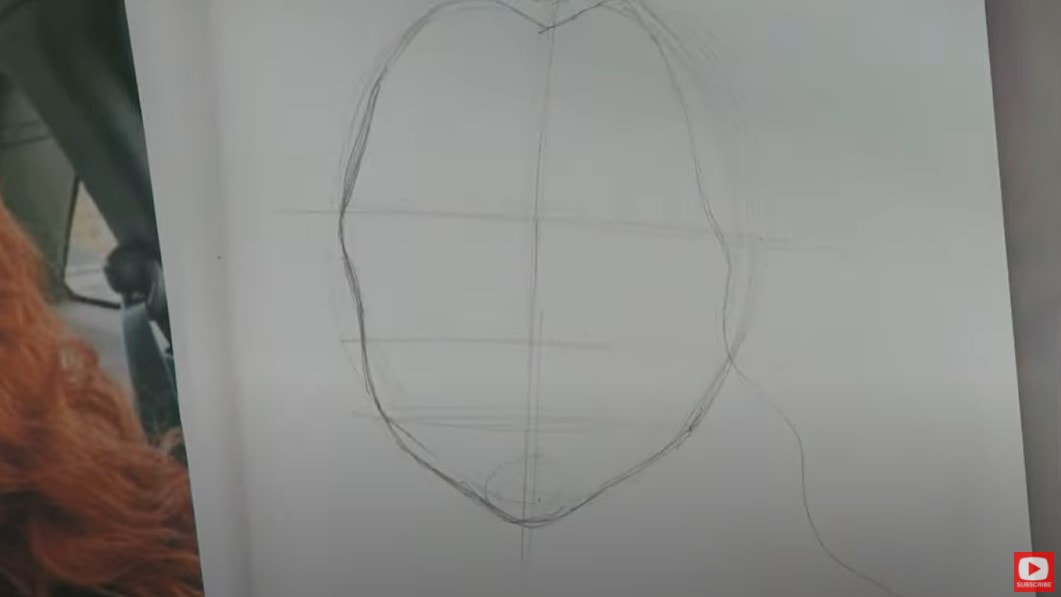
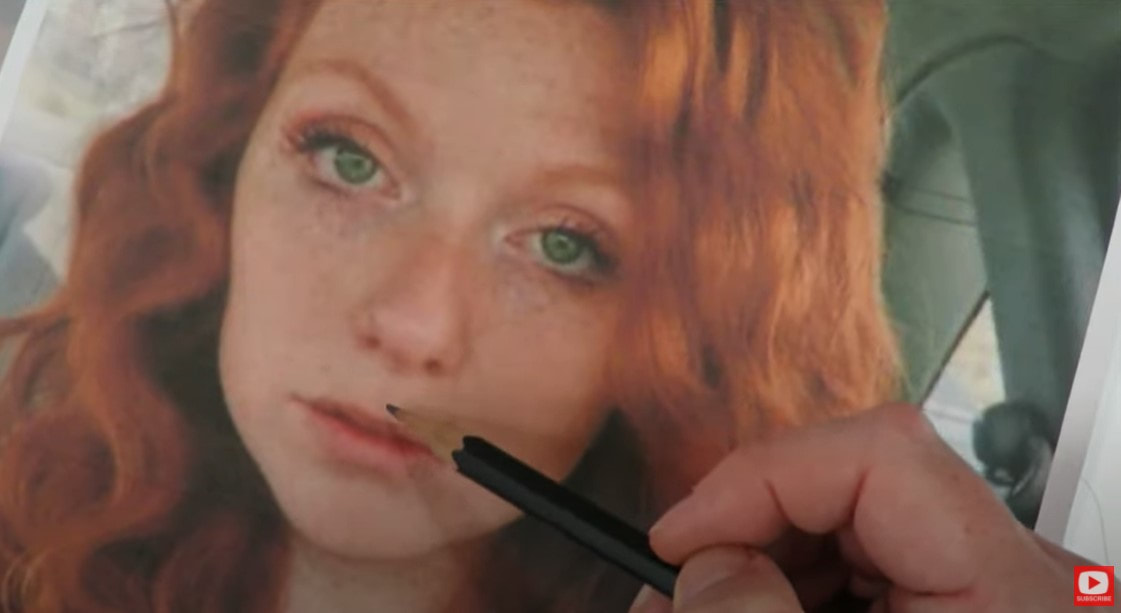






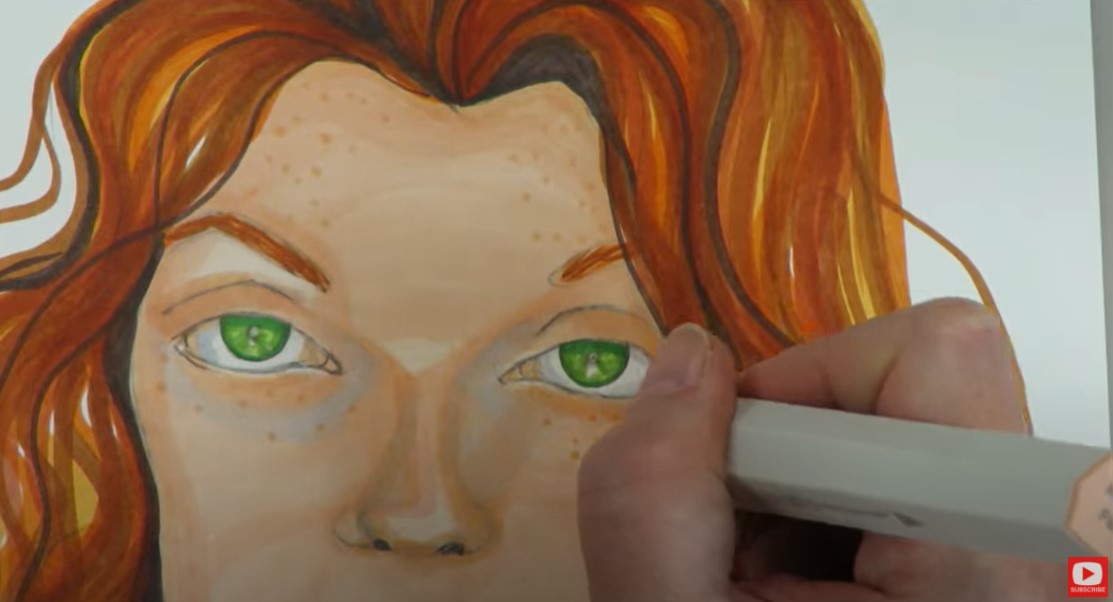
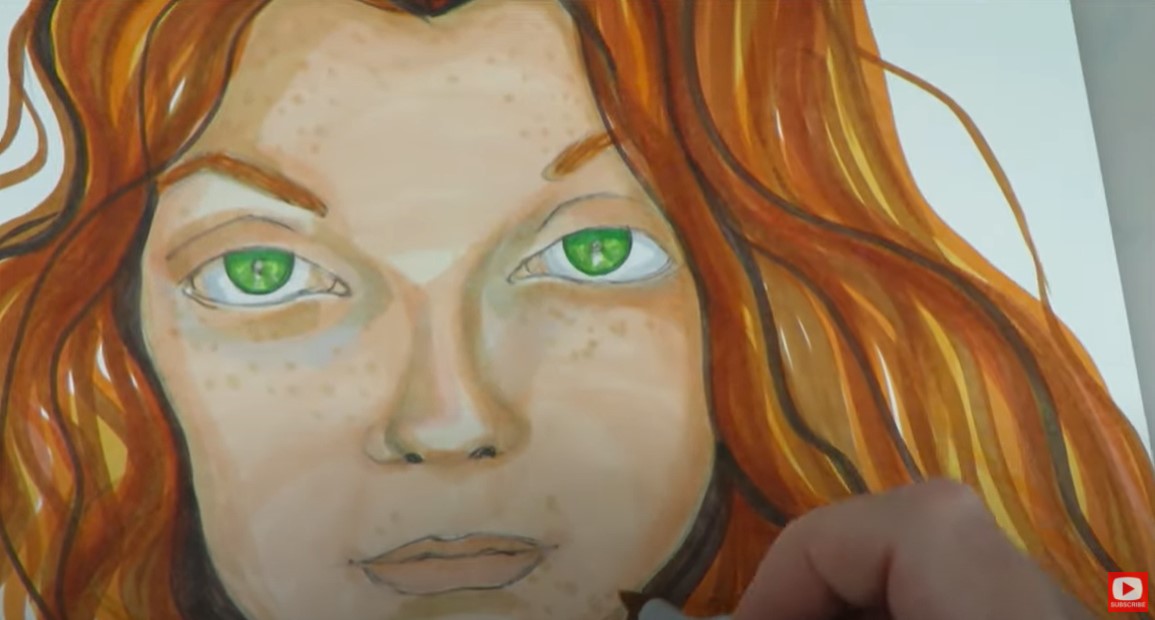




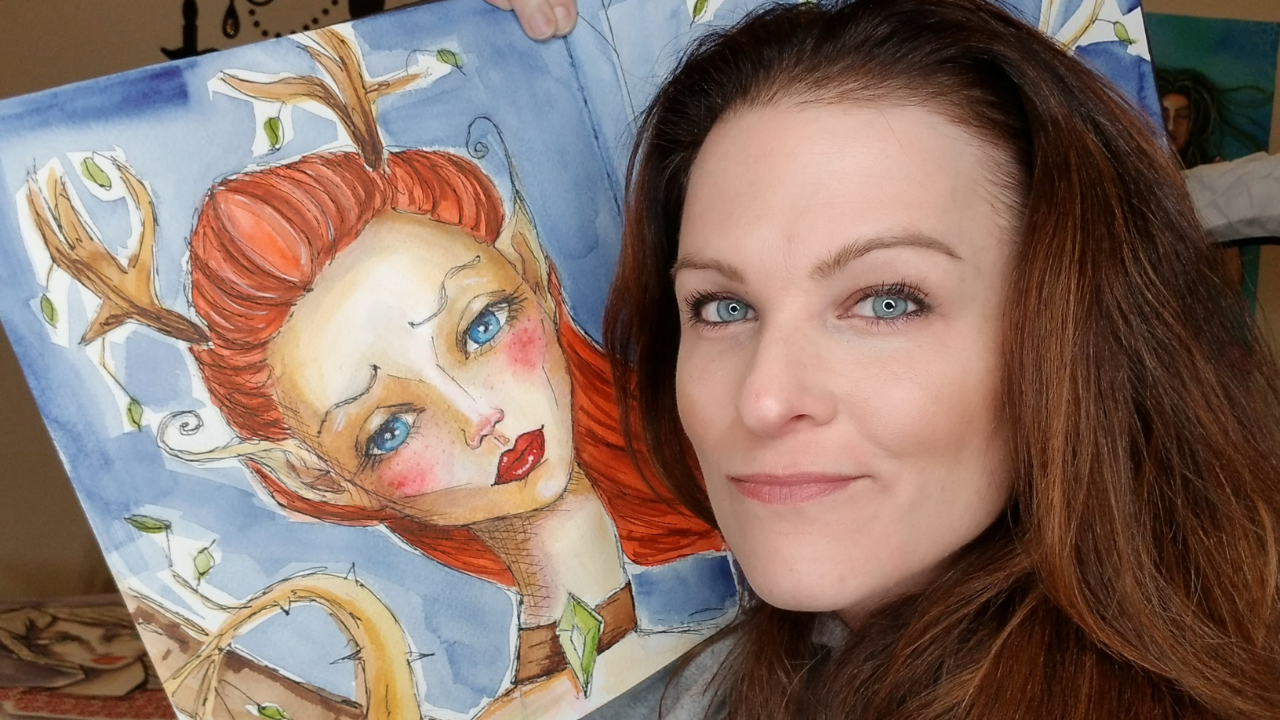
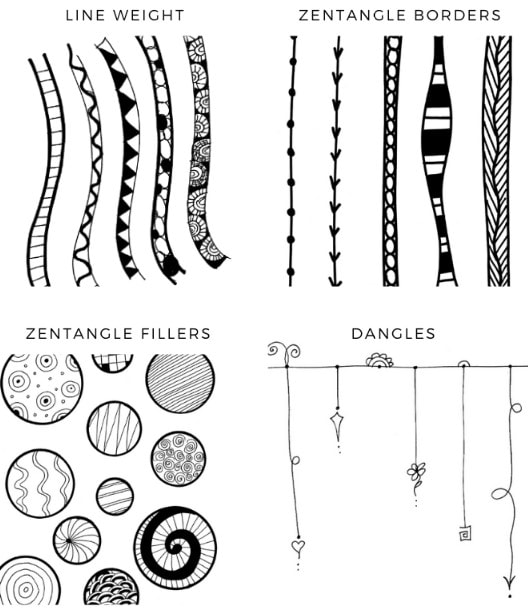






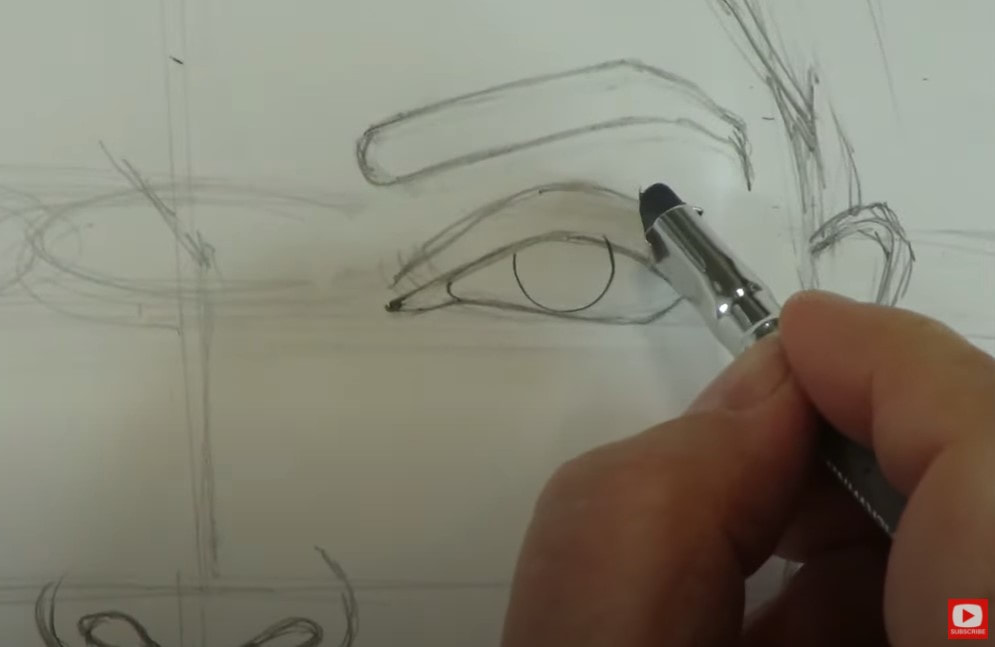








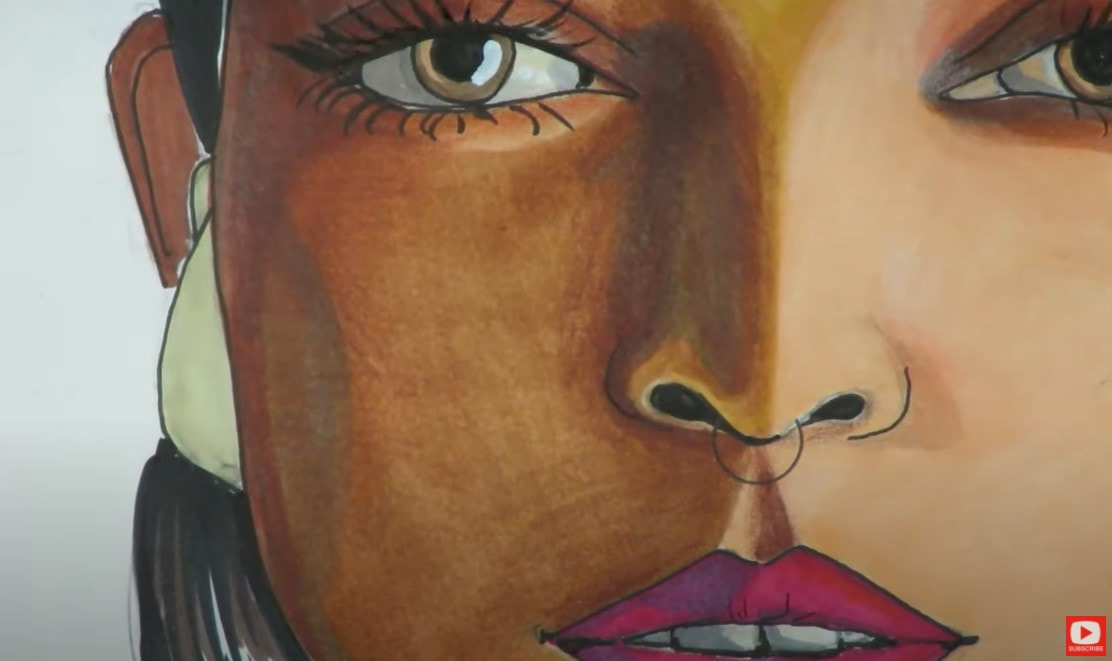
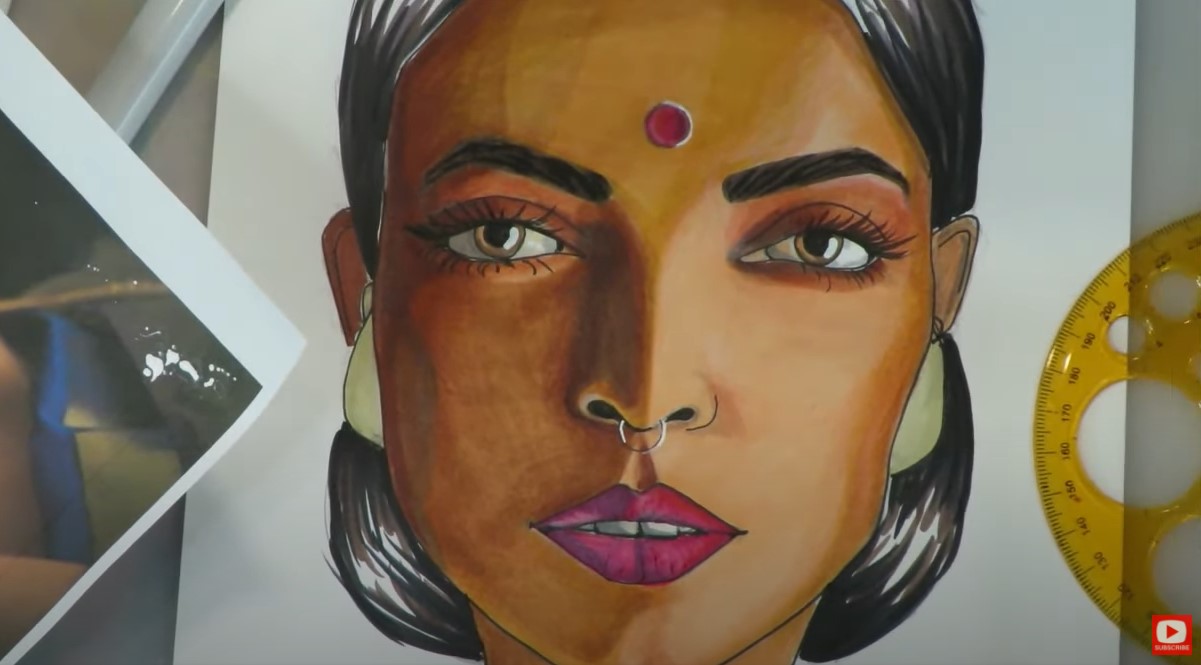













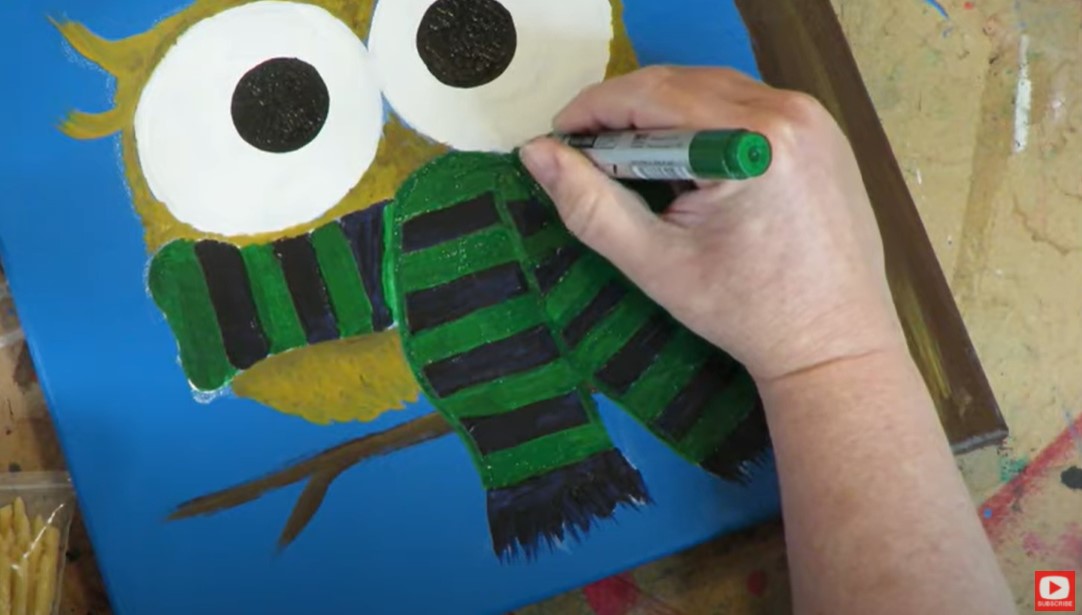
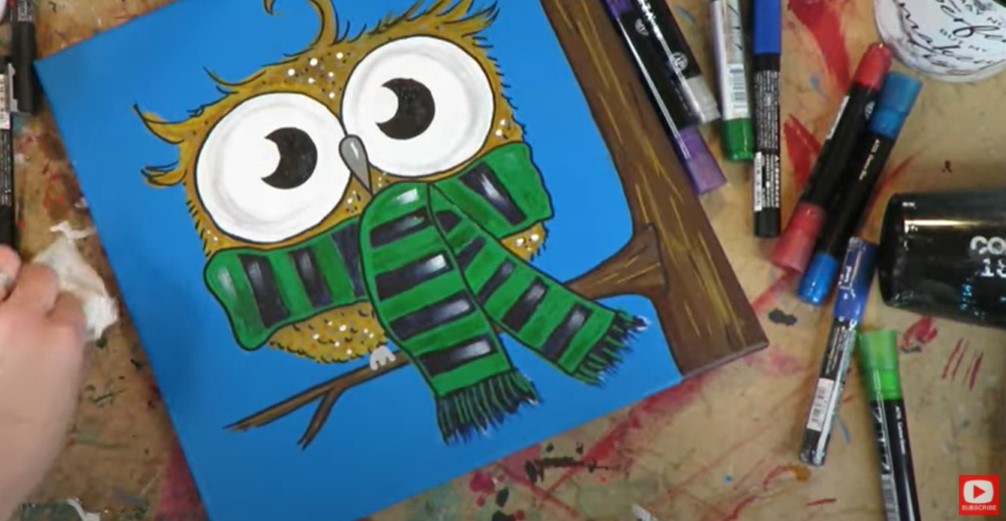
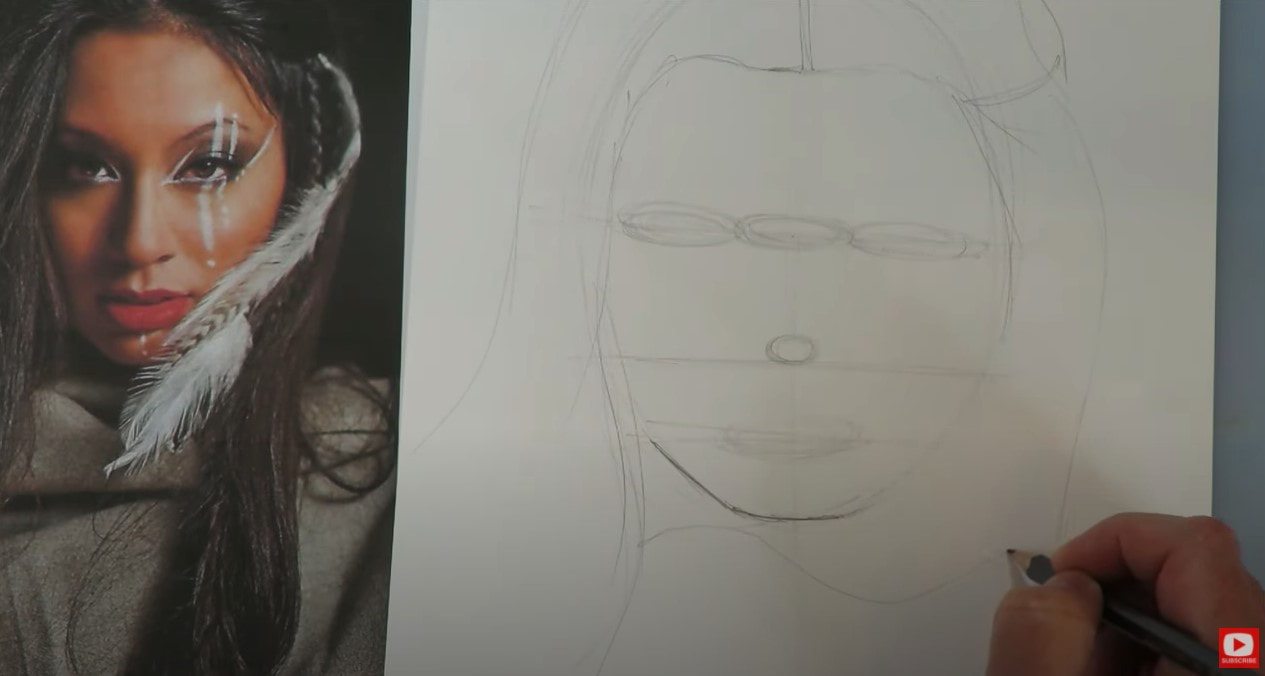
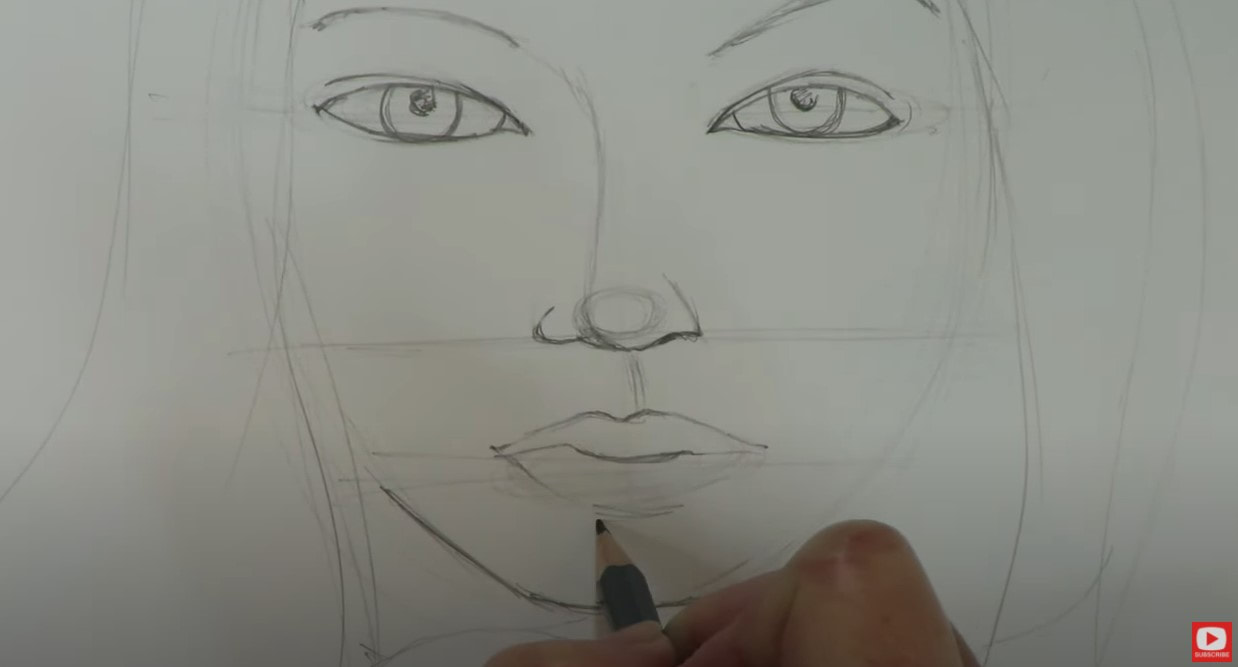
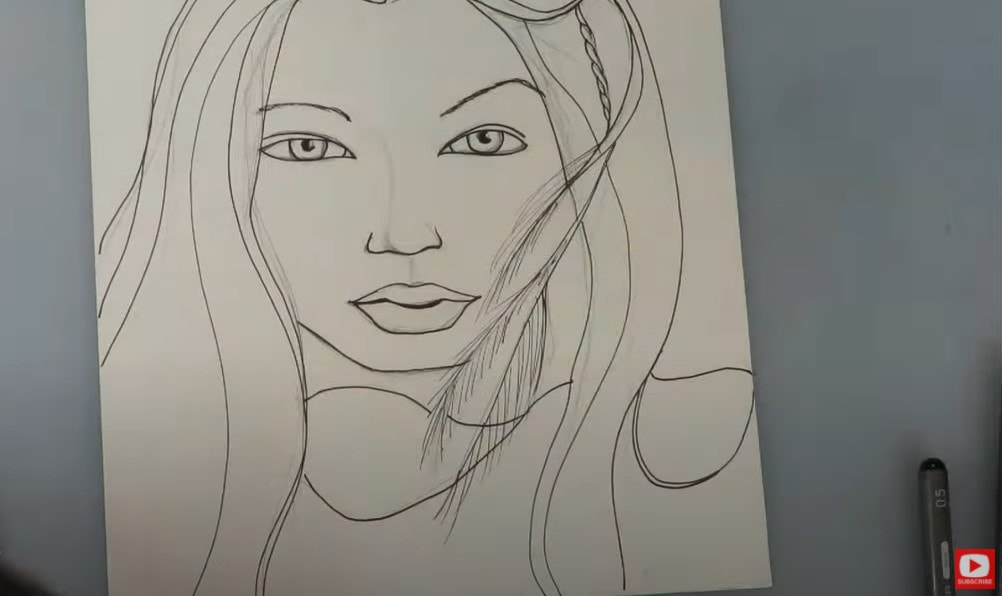

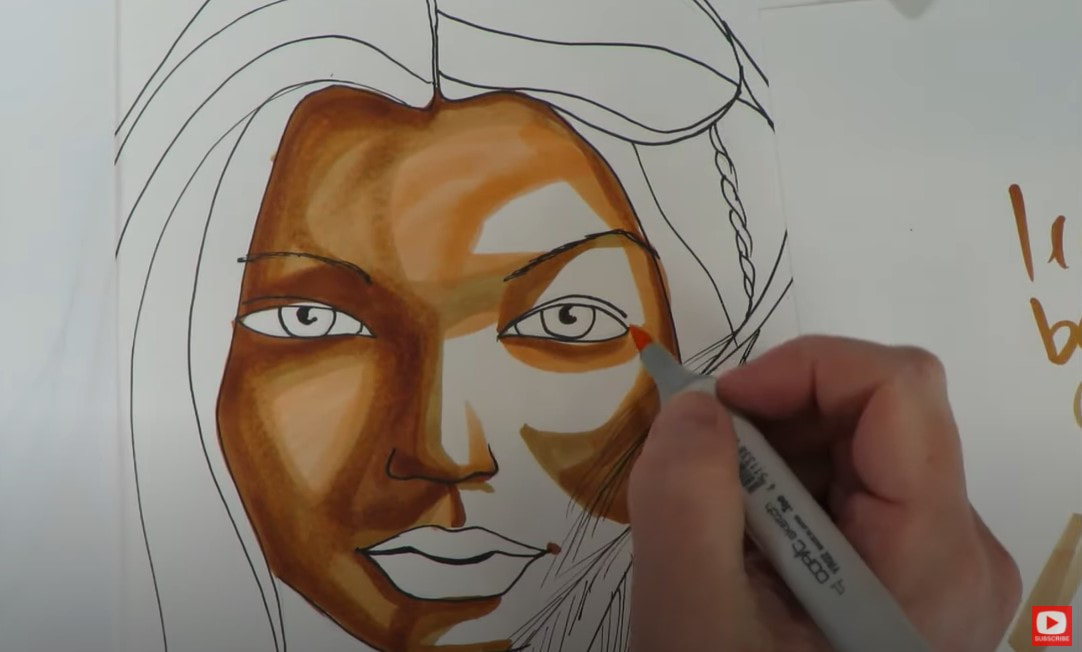
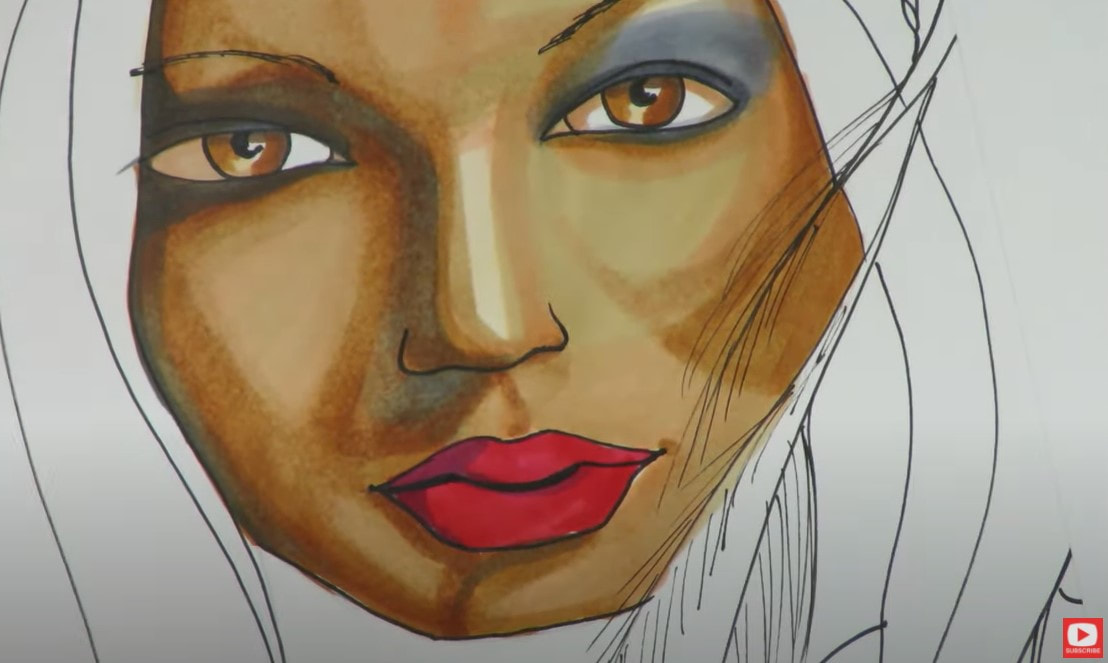


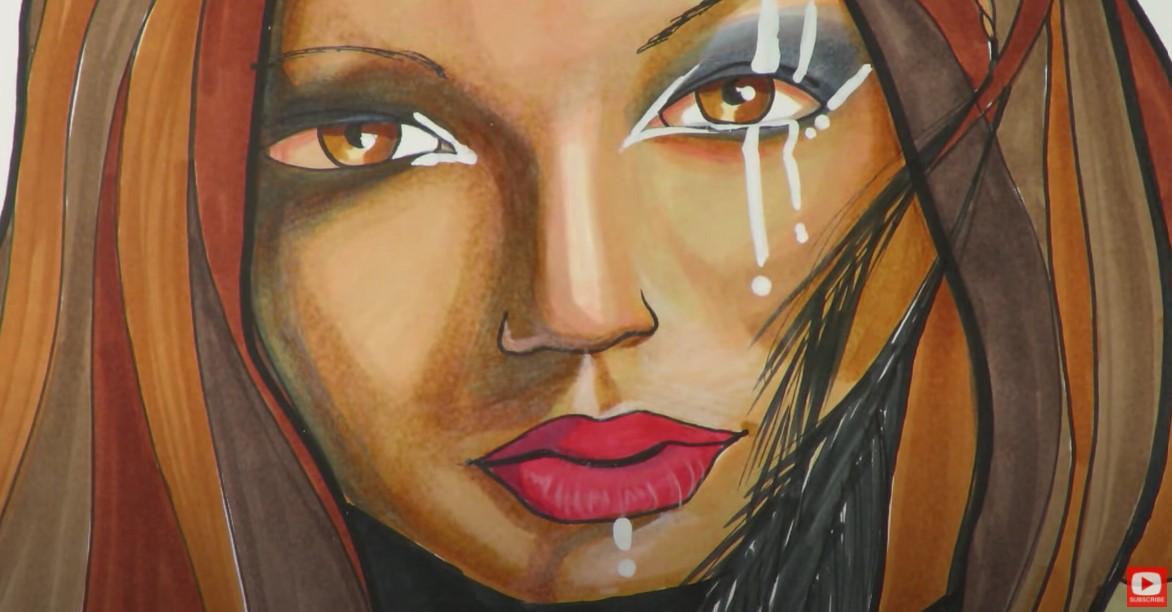







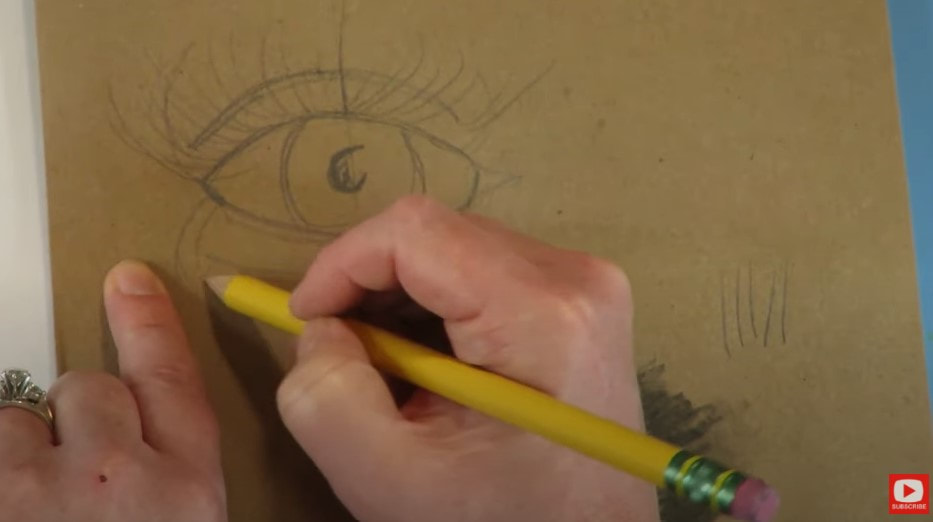

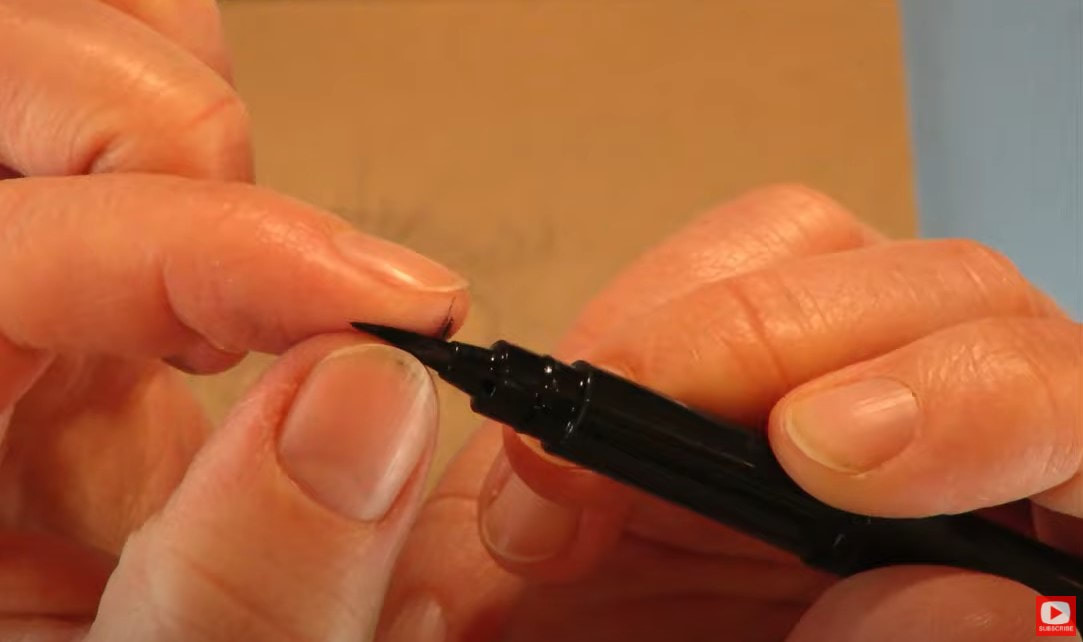
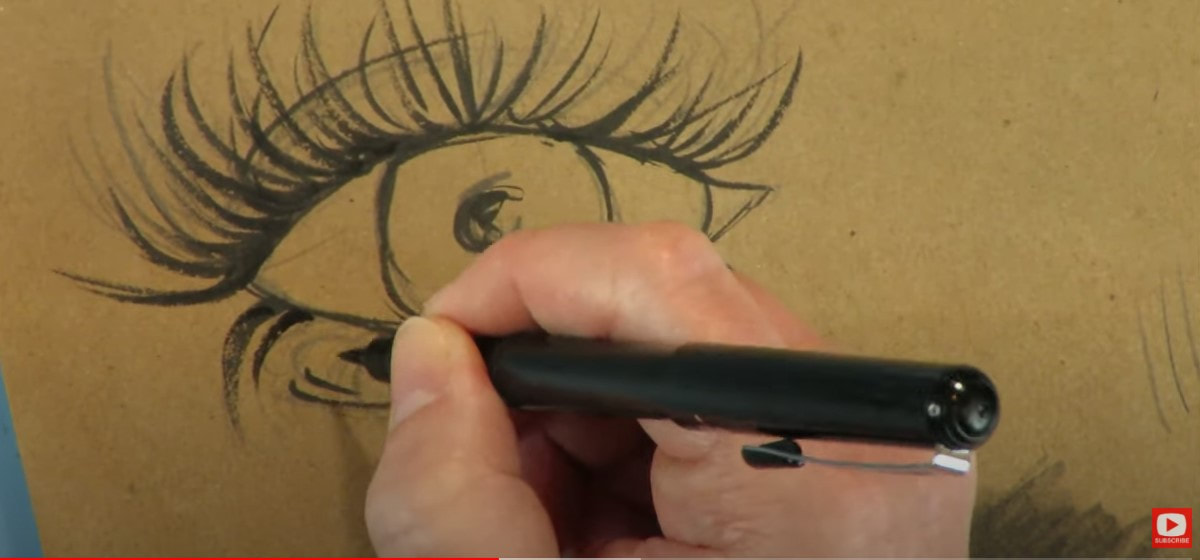










 RSS Feed
RSS Feed
